
The Fundamentals of Sports Nutrition: How to Use Intuition to Improve Fueling
Data has its benefits, but only when we learn to apply an intuitive approach to our fueling can we unlock the most efficient and healthy sports nutrition habits.

Data has its benefits, but only when we learn to apply an intuitive approach to our fueling can we unlock the most efficient and healthy sports nutrition habits.
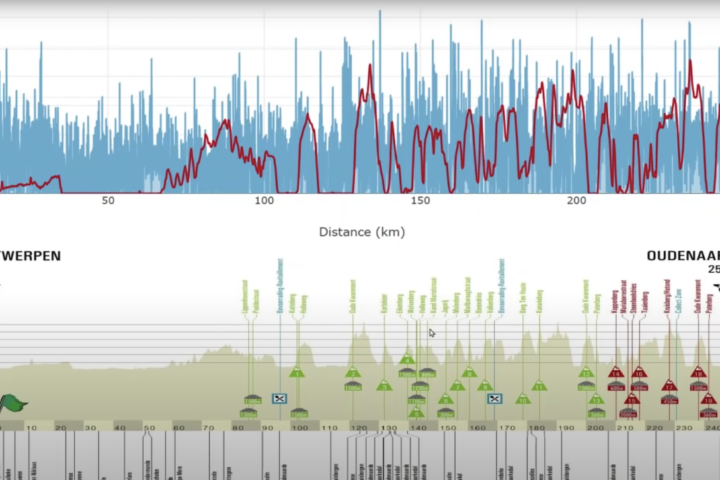
Crunching numbers is one thing, but if you want to turn data into victory, here are a few key things you should do and a few things to avoid.

HIT has many proven benefits and several big limitations. Trevor Connor explores how HIT works, its effects, and the most effective high-intensity interval workouts you can choose for specific gains.
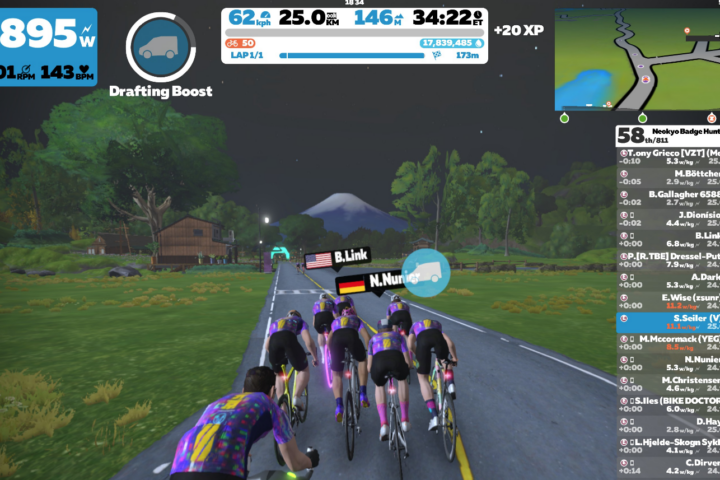
Rob Pickels details the many nuances of racing on Zwift, and offers essential tips to improve your tactical acumen for the virtual world.

World champion athlete and coach Melanie McQuaid details the numerous factors that impact how much recovery an athlete needs after long endurance events.
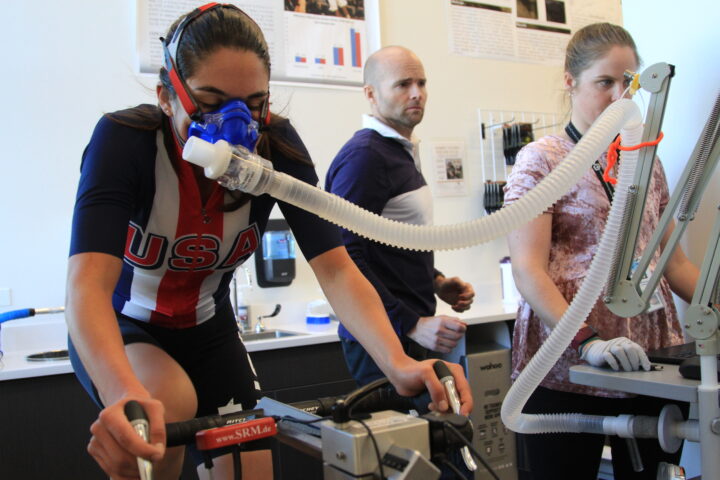
While VO2max is well studied, VLamax is a relatively new concept. Understanding the relationship between the two measures will help you better define your training.
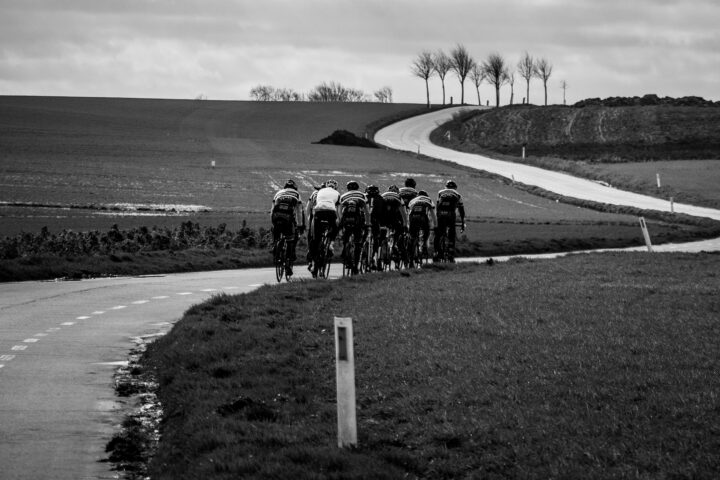
It’s hard to find time to fit in the long, slow miles that traditionally comprise the base season. Coach Trevor Connor offers suggestions for improving life-training balance, understanding quality versus quantity, and more.
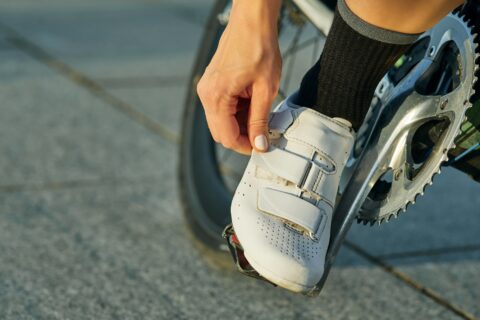
Dr. Andy Pruitt explores common sources and potential treatments for relieving pain under the ball of the foot.

Chris Case explains why indoor cycling differs from outdoor riding, then offers tips to help you get the most out of your indoor sessions.

Hard to define and often difficult to recognize, burnout is not only a mental struggle, it can also have physical symptoms. We explore the causes and consequences of burnout, and ways to keep the flame alive.
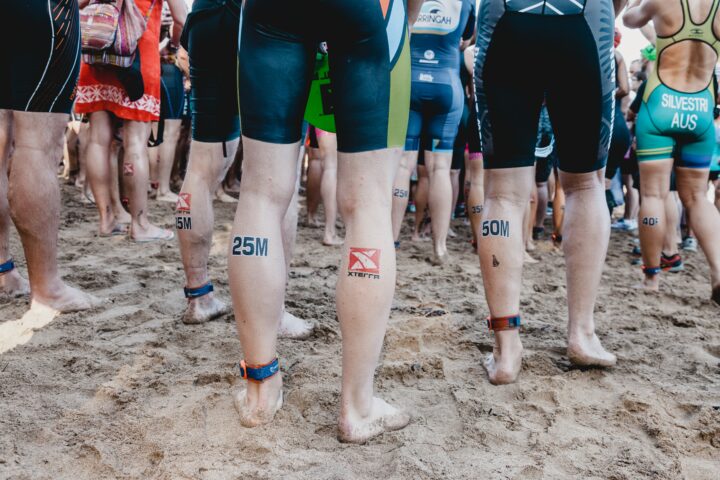
If you’re new to triathlon, equal training among the three sports may be all you need. But for advanced athletes, a more sophisticated approach involves unequal distribution between the disciplines.

Coach Trevor Connor explains the complex immune system response that leads to recovery, and why it happens in the first place.
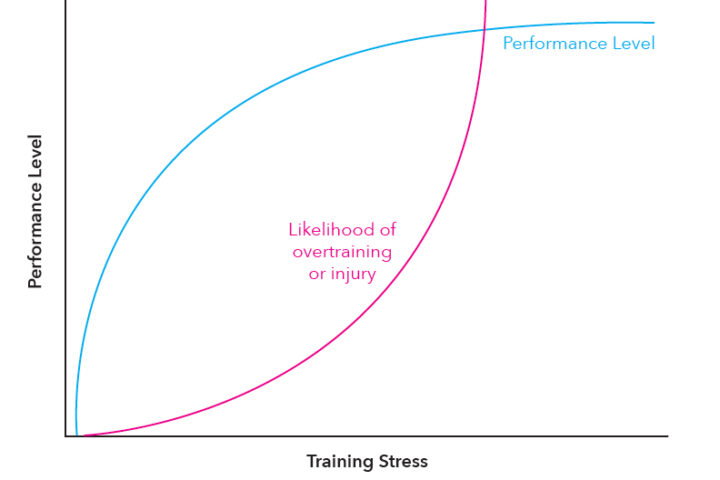
Eighty percent of what you need to know about endurance training can be illustrated by a simple graph. Coach Connor and his mentor Glenn Swan explore this simple concept.
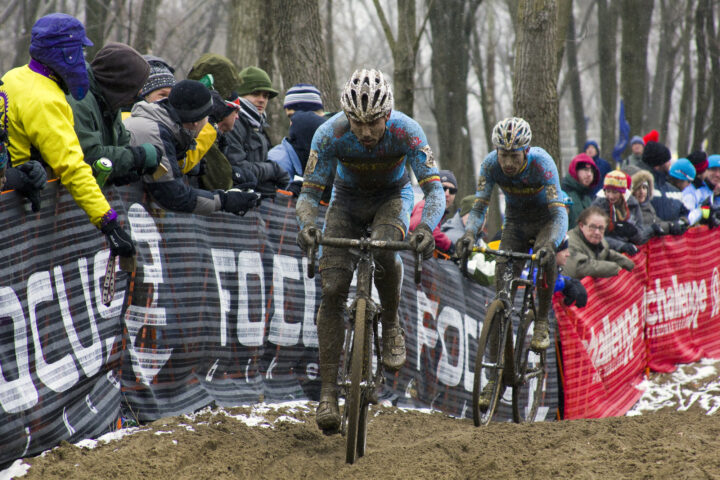
Coach Julie Young breaks down the art and training of cyclocross—from training to skills, racing to drills.
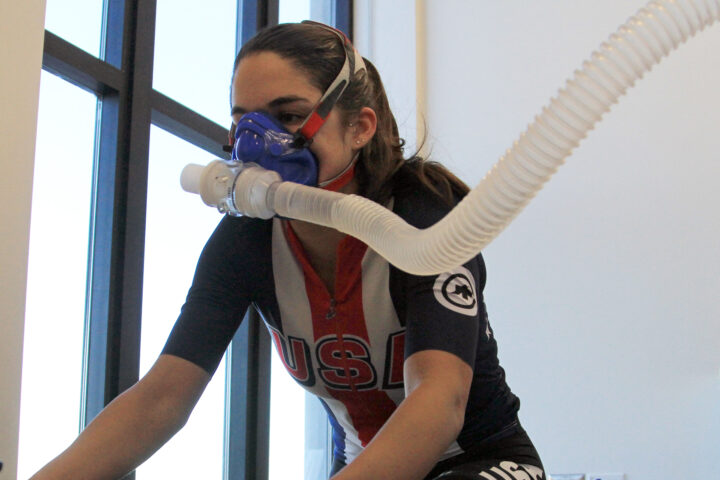
Athletes spend much of their time training their legs and heart. What about our lungs? Steve Neal breaks down the components of respiration to help explain why it could be holding you back.
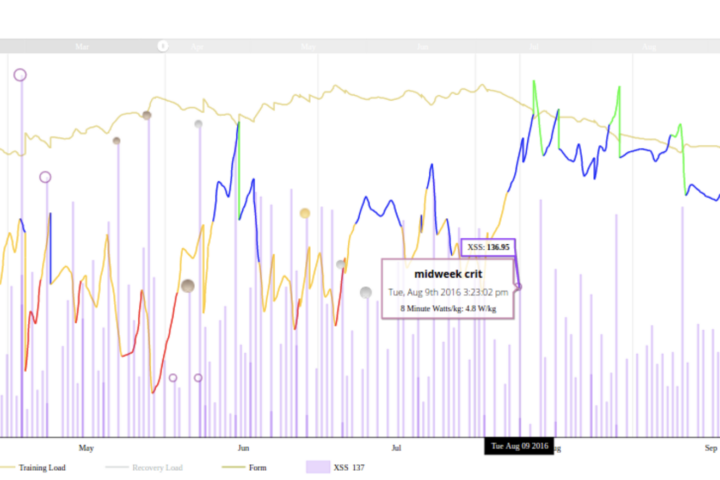
The interrelationship between form, fitness, and fatigue is the basis for quantifying training load. Performance Management Charts help athletes visualize and interpret that balance. Coach Trevor Connor explains the science.
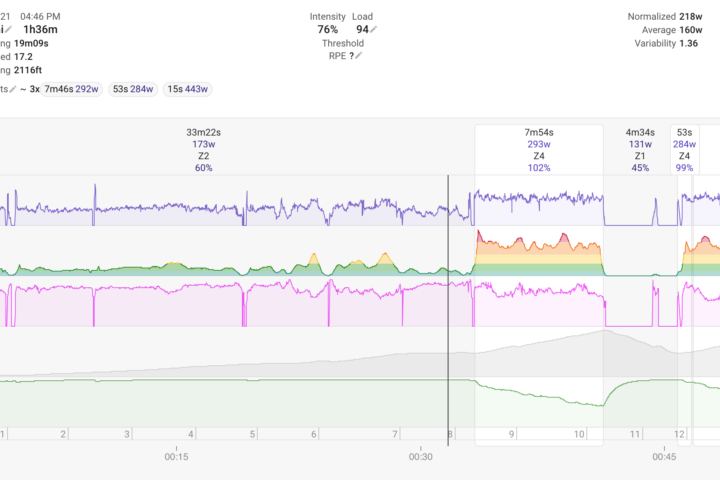
Physiologists and coaches have attempted to quantify training through both external and internal measures. We review the primary training metrics and detail the benefits and shortcomings of each.
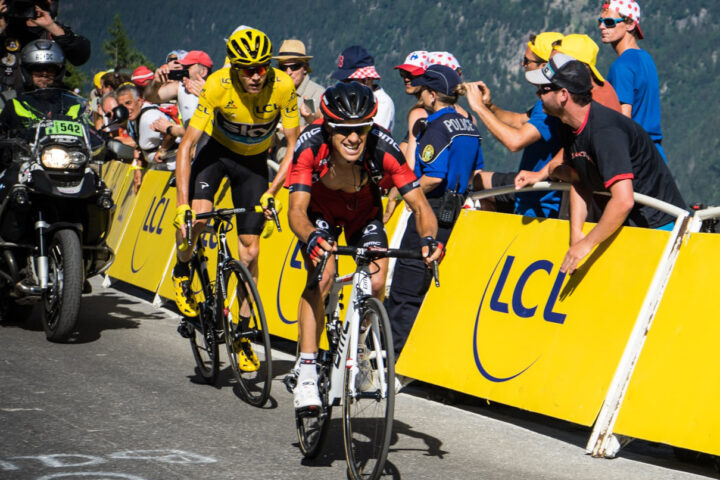
Coach Julie Young explores ways to develop mental skills to embrace discomfort as fuel for growth and performance.

HIT has many proven benefits and several big limitations. Trevor Connor explores how HIT works, its effects, and the most effective high-intensity interval workouts you can choose for specific gains.

Stage races and other multi-day events offer special challenges, particularly when it comes to recovery. We explore three of the key elements to maintaining good performances day after day.
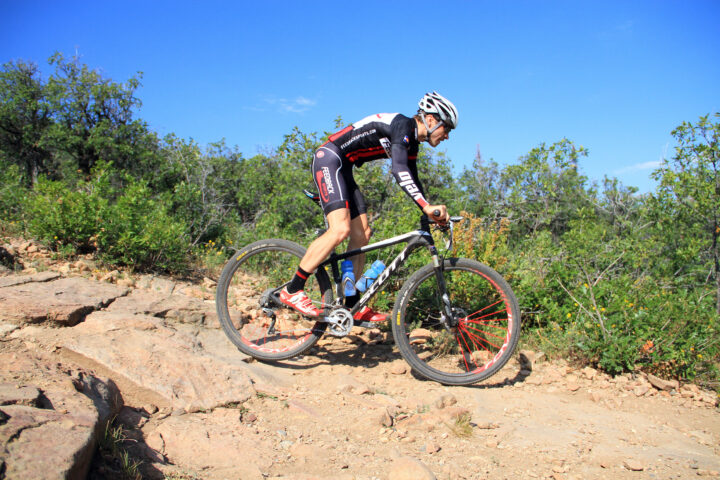
These simple, critical tips from a veteran mountain bike coach will help you reduce race-day stress, increase enjoyment, and improve your chances of a great performance at your next off-road event.